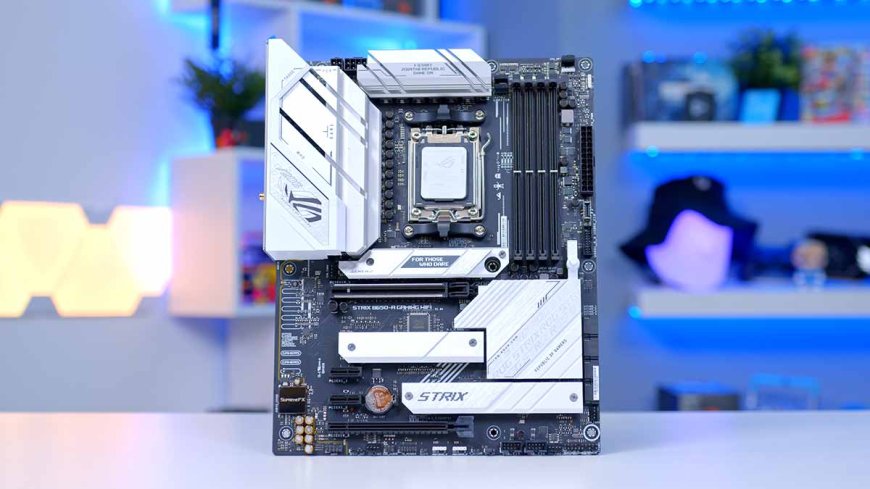AMD B650 Motherboard Testing
The article begins with an introduction to an extensive testing process for AMD B650 motherboards, a project that involved evaluating 35 different boards over several months. This comprehensive testing aims to provide a clear overview of the available options in the B650 motherboard range.

Approach to Presentation
Rather than detailing each motherboard individually, which would be time-consuming, the article opts for a more summarized approach. This includes comparing specifications, highlighting standout models, and focusing on VRM thermal results. The motherboards are presented in order of price, starting with the most affordable options.
The Big Spec Table: An Overview
The Most Affordable Options
At the lower end of the price spectrum is the Gigabyte B650M K, priced at $120. However, it's not recommended due to its use of discrete MOSFETs resulting in poor VRM thermals with high-end processors, limited PCIe slots, lack of PCIe 5.0 support, and few USB ports. Instead, the Asrock B650M-HDV/M.2, slightly more expensive at $125, is suggested as a better option with improved VRM, more PCIe slots, and additional USB ports.
Also check "Redragon K615 Elise Keyboard Review: A Compact Powerhouse at a Bargain Price"
Mid-Range Options
The Gigabyte B650M DS3H, priced at $150, is highlighted as a noteworthy mid-range option. It features a solid VRM, decent expansion capabilities, and includes four DIMM slots, although it lacks PCIe 5.0 support.
VRM Temperatures and Testing Methodology
Testing Setup
For testing VRM temperatures across all B650 boards, a specific setup involving the Gigabyte Aorus C500 Glass case and the Aorus WaterForce X 360mm AIO was used. The testing process included using a digital thermometer with K-Type thermocouples to record peak rear PCB temperatures, maintaining a consistent room temperature of 21 degrees.
Stress Testing and Results
The stress test utilized a Ryzen 9 7950X CPU and Cinebench R23, looped for an hour to determine the maximum PCB temperature. The data revealed that most B650 boards run at acceptable temperatures, with only a few exceptions that should be avoided, especially with high-wattage CPUs like the 7950X.
Making the Right Choice: Price, Features, and VRM Temperatures
Choosing Based on Various Factors
The article suggests that when selecting a motherboard, factors like price, features, and VRM temperatures should all be considered. Boards running below 80°C are generally acceptable, and the choice should be based more on price and features than just thermal performance. For instance, a small difference in temperature shouldn't be the sole deciding factor if there's a significant price difference or a lack of essential features.
Considering VRM Thermals in Similar Boards
When two motherboards are similar in price and features, VRM thermals might become a more influential factor. If there's a noticeable difference in thermal performance, favoring the cooler-running board could be a wise decision.
Conclusion: Top Picks Across Price Ranges
Abundance of Good Options
The testing reveals that there are many excellent options among B650 boards, with a range of prices from as low as $125 for robust boards. Despite testing 35 boards, not all models on the market were covered, but the results provide a comprehensive guide for potential buyers.
Final Thoughts
In summary, the extensive testing of AMD B650 motherboards offers valuable insights into the various options available in the market. The article guides readers in making informed choices based on a combination of price, features, and VRM thermal performance, ultimately aiding in the selection of a motherboard that best suits their needs and budget.


































